In the fused glass world, we refer to these as CC Enhancers.
13 colors in 1 oz. or 2 oz. size comes in this kit that was chosen, from our 41 colors available in our translucent ceramic underglaze line, to enhance your glass enamel work.
- Do not use directly on glass.
- Dilute with water when using.
- If applied heavily it will be a matt finish and can be rough to the touch.
- Fine clear powdered frit can be sifted over to ensure a smooth finish.







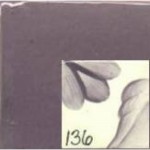
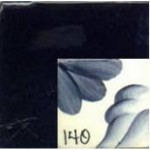

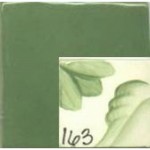


Download the full-color flyer of all Color Concentrates available. Color Concentrate Color Chart PDF
Overview and quick reference guides on using CC’s on fused glass. Download PDF files here CC on Thinfire & Fused Glass OverviewsQuickReferenceGuides
CC’s on Fused Glass 2018 Glass Pg 4
Techniques include:
- Watercolor washes for shading.
- Fine detailing (i.e. hair, fur, feathers, small detailing)
- Sponged
- Stamped
- Spattered
- Airbrushed
- Stenciled
- Brushed on for backgrounds.
- Brushstrokes
- Stamping and Brushstrokes on Thinfire Paper fused between glass.
- It can be applied over dry enamels.
- It can be applied directly to glass with precautions.
- Clean edges. If CC’s are all the way to the edge and the top glass is not larger they will cause the glass not to seal in that area. Cut top glass slightly larger than bottom glass.
- Sift clear powdered frit between to help eliminate bubbles.
- Cap with clear
- Made for ceramics originally.
- They are pure pigment in a gel base and congeal in the bottle. They need to be shaken up vigorously so that they are ready to use.
- Color can be set at 1225 with a 20-minute hold so you can come back and work on top.
- These are NOT enamels, they are translucent underglazes made for ceramics originally.
- They are pure pigment in a gel base and congeal in the bottle. They need to be shaken up vigorously so that they are ready to use. Darker colors tend to be much thicker and they may require a drop or two of water.
- When using brush strokes and loading 2 colors on the brush at the same time, both colors need to be the same consistency. So, if one is thicker than the other you need to thin the other to the same consistency.
- Remember the CFE numbering system, if you used G361 to flood in an area, don’t use CC161 to detail or shade with. Same pigment in both colors so you need to go a shade lighter or darker depending on your technique.
- Refer to firing schedules when using these directly on glass or thinfire paper. It will make a difference and will help with bubble control.

This plate is earthenware fired to cone “06”

This has no clear over it! Cone 6
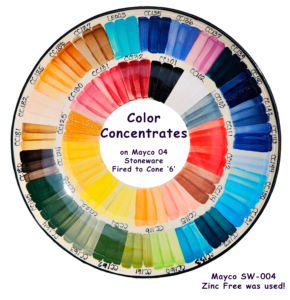
This plate has Mayco SW-004 Zinc Free clear glaze on it. Fired to cone 6!
These color wheels were done with a #6 square shader showing 1, 2, and 3 coat coverage.
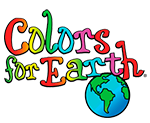






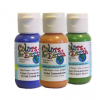











Reviews
There are no reviews yet.